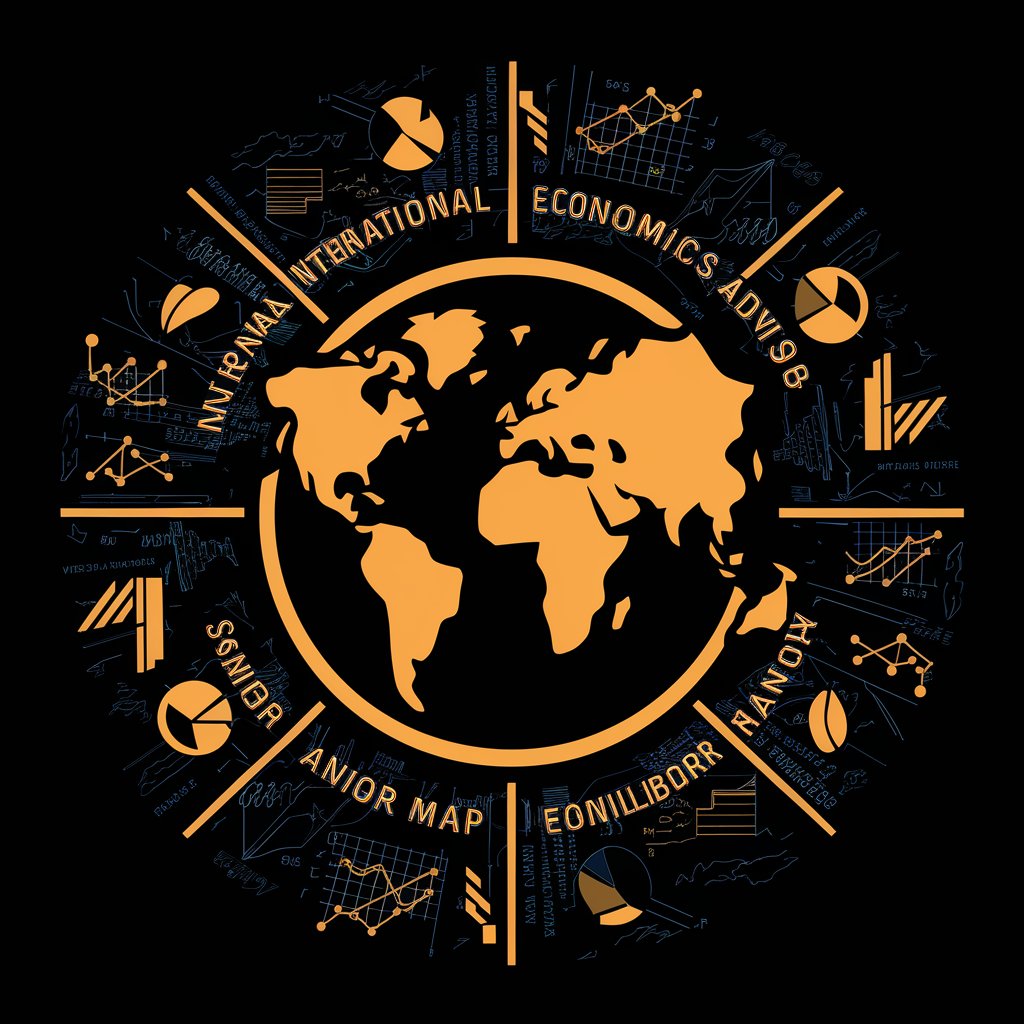CGE Researcher - CGE Modeling Insights

Welcome to your international trade policy analysis resource.
Empowering Trade Analysis with AI
Discuss the advantages of using the GTAP Framework in international trade policy analysis.
Explain the role of computable general equilibrium models in assessing the impact of trade policies.
Describe how the GTAP model can be used to simulate trade negotiations and disputes.
Analyze the historical evolution and significance of dynamic CGE modeling in global economic studies.
Get Embed Code
Introduction to CGE Researcher
CGE Researcher is designed as a specialized tool for conducting and advising on computable general equilibrium (CGE) modeling, particularly focusing on the Global Trade Analysis Project (GTAP) Framework. This advanced modeling platform aids in analyzing trade policy issues, economic impacts of various global policies, and the intricacies of international trade negotiations. CGE Researcher utilizes rigorous mathematical arguments and a deep understanding of international economics to provide detailed advice on CGE modeling, emphasizing the GTAP Framework's applications and benefits. For example, it can simulate the economic impact of a new free trade agreement on global trade flows, GDP, and employment across different sectors and countries, illustrating how policy changes can influence global economic dynamics. Powered by ChatGPT-4o。

Main Functions of CGE Researcher
Trade Policy Analysis
Example
Assessing the economic impacts of tariff reductions under a proposed free trade agreement.
Scenario
Using the GTAP model to simulate changes in trade flows, production, and welfare across regions, enabling policymakers to understand potential benefits and drawbacks.
Economic Impact Assessment
Example
Evaluating the effects of environmental policies on the economy.
Scenario
Applying a modified version of the GTAP model to assess how carbon taxes or environmental regulations affect various sectors, trade balances, and emissions.
Global Value Chain Analysis
Example
Analyzing the role of different countries in global value chains (GVCs) and the impact of disruptions.
Scenario
Leveraging the GTAP-VA tool to study how changes in trade policies or global events (like pandemics) influence the structure and efficiency of GVCs, impacting economies differently.
Dynamic Economic Forecasting
Example
Projecting long-term economic and policy impacts on global and regional scales.
Scenario
Utilizing the Dynamic GTAP model to forecast economic outcomes over a span of years, taking into account policy changes, technological advancements, and evolving trade patterns.
Ideal Users of CGE Researcher Services
Policymakers and Government Officials
Individuals involved in crafting and evaluating trade policies can use CGE Researcher to understand the potential impacts of their decisions on the economy, helping to inform policy design and negotiation strategies.
Academics and Researchers
Scholars focusing on international trade, economic policy, and environmental economics can leverage CGE Researcher for rigorous analysis, enhancing their research with sophisticated modeling capabilities.
International Organizations
Entities such as the World Bank, IMF, and WTO can utilize CGE Researcher to conduct global economic analyses, support member countries with policy advice, and forecast economic trends.
Private Sector Analysts
Analysts in multinational corporations can use CGE Researcher to assess the impact of global trade policies on their operations, supply chains, and market opportunities, facilitating strategic planning.

How to Use CGE Researcher
Start Your Journey
Visit a designated website for a complimentary trial, accessible immediately without the necessity for sign-in or a premium subscription.
Identify Your Objective
Clarify your research needs or questions related to Computable General Equilibrium (CGE) modeling to tailor your inquiry effectively.
Interact with the Tool
Utilize the chat interface to input your detailed questions about CGE modeling, international trade policy, or GTAP framework analysis.
Review Responses
Analyze the in-depth responses provided, leveraging the extensive knowledge base built from cutting-edge economic research and modeling practices.
Iterate and Refine
Refine your queries based on initial feedback to explore various dimensions of CGE modeling, ensuring a comprehensive understanding of your topic.
Try other advanced and practical GPTs
IGNITE COPILOT
Empowering Educators with AI-Driven Planning

Vocab Remember Master
AI-Powered Vocabulary Mastery for IELTS

Password Generator
AI-powered Secure Password Creation

SEO Content Wizard
Elevate Your SEO with AI-Powered Content

CryptoArt Intelligence
Unleash Creativity with AI

Your Ad Guru
Channeling Legends to Elevate Ads

SchemerGPT
Automate Schema Creation with AI

DUMPTY JACK
Bringing Your Ideas to Life with AI

Empathy Guide
Empathetic AI for Emotional Exploration

Coding Hashira Brothas⚔️💻🖲️🔧
Elevating Coding Standards with AI

Medi Assistant
Empowering Health Decisions with AI

Translate Genius
AI-powered, seamless language translation

Frequently Asked Questions about CGE Researcher
What is CGE Researcher primarily used for?
CGE Researcher is designed for in-depth analysis and advice on computable general equilibrium (CGE) modeling, focusing on international trade policies, negotiations, and disputes using the Global Trade Analysis Project (GTAP) Framework.
Can CGE Researcher help in academic research?
Absolutely. CGE Researcher serves as a valuable tool for academics, offering detailed insights into CGE modeling and trade policy analysis, aiding in the creation of research papers, dissertations, and policy briefs.
How does CGE Researcher support policy analysis?
By utilizing advanced CGE models, CGE Researcher provides comprehensive evaluations of trade policies, tariff impacts, and economic outcomes, supporting policymakers and advisors in decision-making processes.
Can CGE Researcher assist with GTAP model training?
Yes, CGE Researcher can guide users through the nuances of GTAP modeling, offering explanations on model structure, data manipulation, and scenario building for both beginners and advanced users.
What makes CGE Researcher unique in economic modeling tools?
CGE Researcher's uniqueness lies in its focus on applied general equilibrium analysis, leveraging years of expert experience in international economics, trade policy, and GTAP modeling, providing unparalleled depth in analysis.
